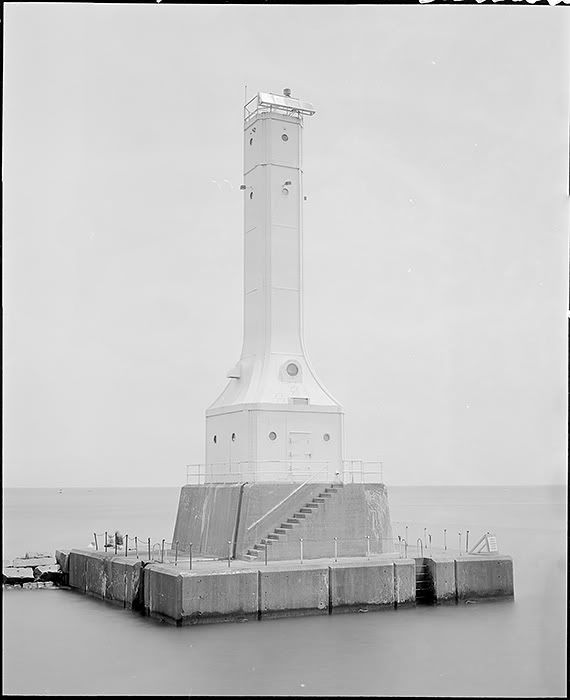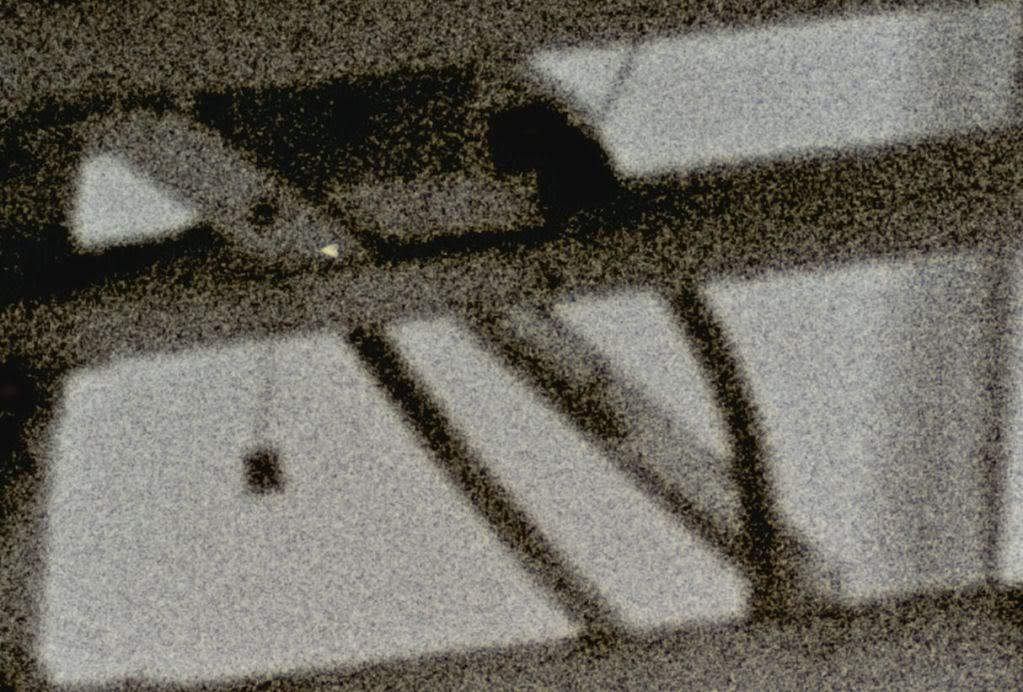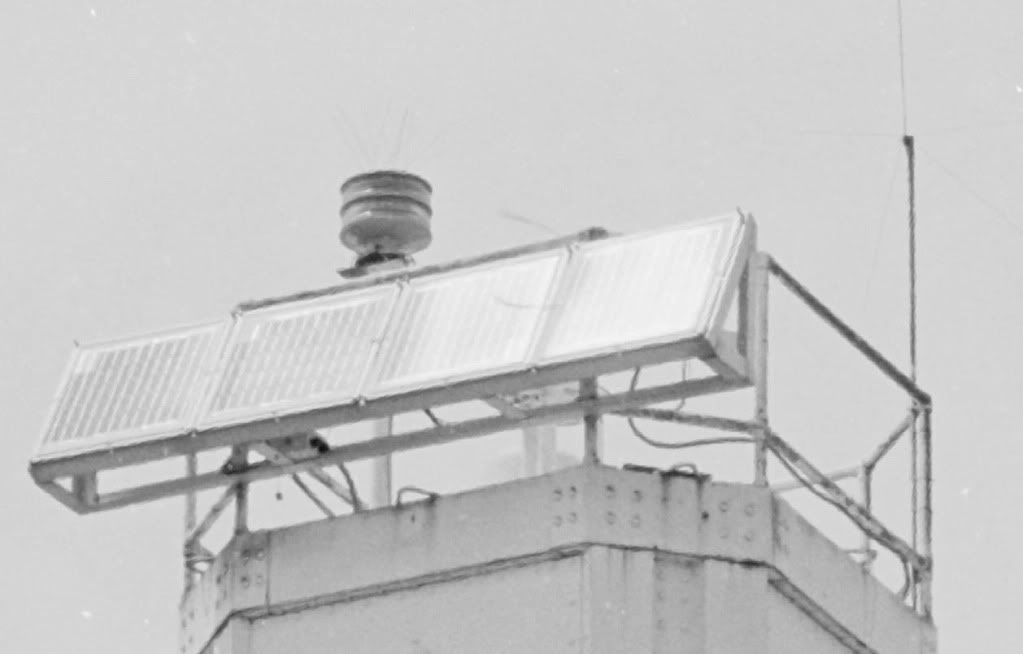I the the fundamental argument against it is that a DSLR does not measure every pixel position with all color channels. It must interpolate. At your chosen output resolution that may be just fine. For web use it will certainly be more than fine. (4x5 is wasted on the web, there, an iPhone is more than enough...)
But if we are talking ultimate resolution, a Bayer interpolated sensor is a compromise.




 Reply With Quote
Reply With Quote






Bookmarks